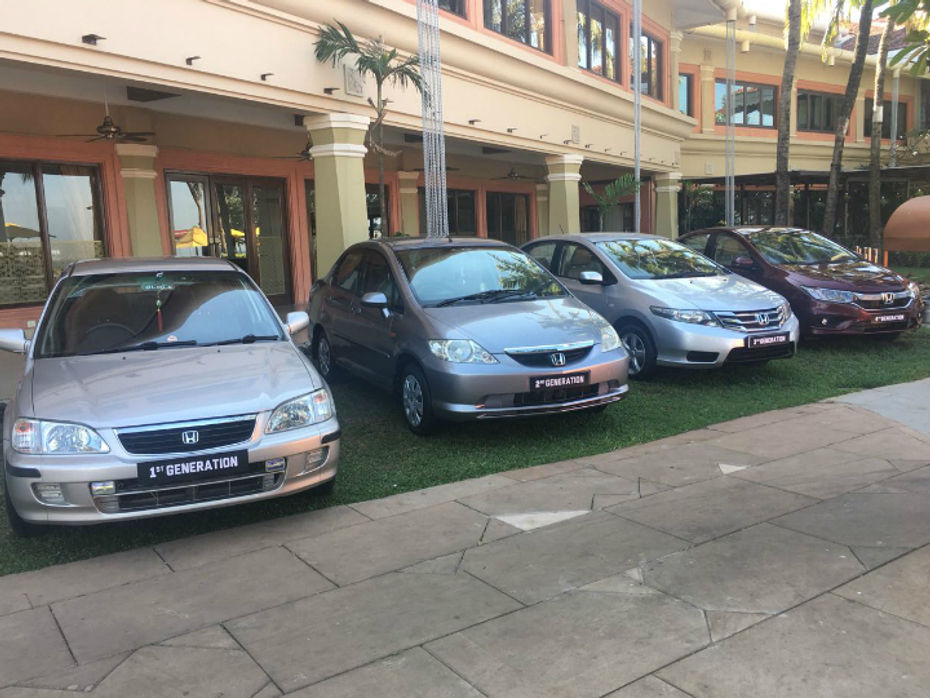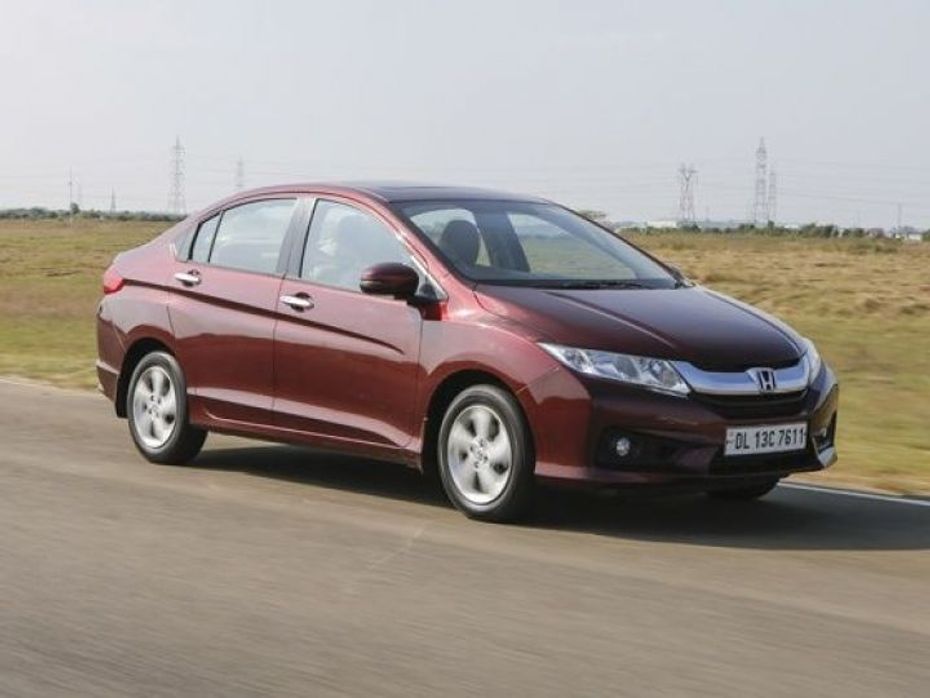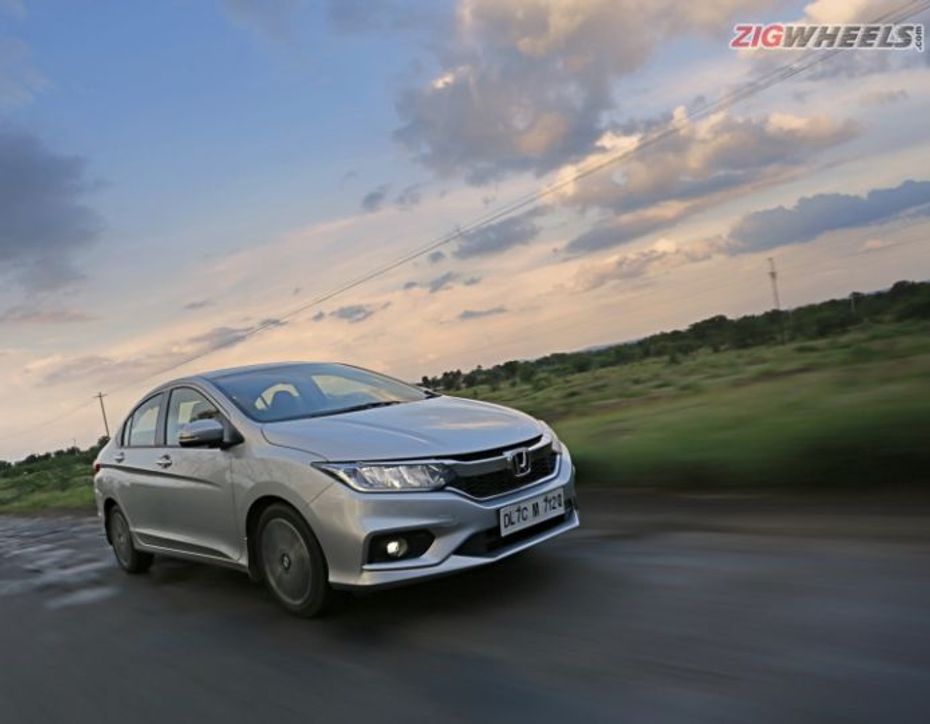
2017 Hyundai Verna vs Honda City: Comparison Review
- Nov 21, 2017
- Views : 29657


Honda Cars India has announced that its iconic sedan, the City, has marked 20 years of its presence in India. Honda entered the Indian market back in 1995 and launched the first-gen City in 1998. And since then, it has been the most important car in the brand’s lineup. Honda claims India contributes 25 per cent of the City’s current worldwide sales. Earlier this year, Honda also announced that the City’s total sales figure has crossed 7 lakh units since its launch.
We all love Honda’s i-VTEC petrol engines but it was not until the year 2000 that Honda offered the i-VTEC engine in India. Back in 1998, the City was offered with a 1.3-litre and a 1.5-litre petrol engine. Later in 2003, Honda launched the second generation City, which was powered by a 1.5-litre i-DSI engine. It was also the first car to be offered with a CVT. Compared to the i-VTEC, the 1.5-litre i-DSI engine was a big let down and Honda decided to correct the situation by launching the City ZX (second-gen City facelift) with an all-new 1.5-litre i-VTEC engine in 2005.

The year 2007 marked 10 years of the City brand in India. To commemorate the occasion Honda introduced ABS (Anti-Lock Braking System) in the City. A year later, Honda launched the third-gen City in India. The new car was a big departure from its predecessor as it looked more like a sedan rather than a notchback. It was also the first City to be offered with safety features like ABS and airbags as standard across its range. The City has always been a symbol of status in the Indian society. Building on that, the City became the first car in its segment to get a sunroof in 2011. In 2014, Honda launched the fourth-gen City in India. It was the first City in history to get a diesel engine under its bonnet.

Earlier this year, Honda launched the facelift of the fourth-gen City in the country. It is offered with a choice of two engines - a 1.5-litre petrol i-VTEC and a 1.5-litre diesel i-DTEC producing 119PS/145Nm and 100PS/200Nm, respectively. The petrol engine is mated to a 5-speed manual gearbox whereas the diesel engine is mated to a 6-speed manual gearbox. The petrol version of the sedan can also be had with the optional CVT automatic gearbox. On the safety front, the new City gets airbags, ABS, EBD and ISOFIX child seat anchorages as standard while the top-spec ZX variant gets a total of 6 airbags.

Honda currently operates 349 dealerships across 249 cities in the country. This network has grown over the years and has helped the brand to expand its presence in Tier III cities. As a result, about 19 per cent of the City’s total sales come from Tier III cities while the sales figures for Tier I and Tier II cities stand at 53 per cent and 28 per cent, respectively.

2017 Hyundai Verna vs Honda City: Comparison Review

2017 Honda City: First Drive Review

Fourth-gen Honda City Will Soon Face The Axe In India

Honda Takes The Wraps Off The Production-ready 2022 Civic

Fourth-gen Honda City Gets A Variant Rejig And Price Cut

The Fourth-gen Honda City Will Continue To Chug Along In India

Honda City Diesel Variants Discontinued In India

Do We Really Need A Hatchback Version Of The Honda City?
 Maruti Dzire
Maruti Dzire
 Hyundai Verna
Hyundai Verna
 Honda Amaze
Honda Amaze
 Skoda Slavia
Skoda Slavia
 Maruti Ciaz
Maruti Ciaz
India's largest automotive community
 Honda Amaze
Rs. 7.99 Lakh
Honda Amaze
Rs. 7.99 Lakh
 Honda City
Rs. 11.82 Lakh
Honda City
Rs. 11.82 Lakh
 Honda Elevate
Rs. 11.69 Lakh
Honda Elevate
Rs. 11.69 Lakh
 Honda City Hybrid
Rs. 19.00 Lakh
Honda City Hybrid
Rs. 19.00 Lakh
 Honda Amaze 2nd Gen
Rs. 7.19 Lakh
Honda Amaze 2nd Gen
Rs. 7.19 Lakh
 Maruti Dzire
Rs. 6.79 Lakh
Maruti Dzire
Rs. 6.79 Lakh
 Hyundai Verna
Rs. 11.07 Lakh
Hyundai Verna
Rs. 11.07 Lakh
 Toyota Camry
Rs. 48.00 Lakh
Toyota Camry
Rs. 48.00 Lakh
 Hyundai Aura
Rs. 6.54 Lakh
Hyundai Aura
Rs. 6.54 Lakh
 Honda Amaze
Rs. 7.99 Lakh
Honda Amaze
Rs. 7.99 Lakh